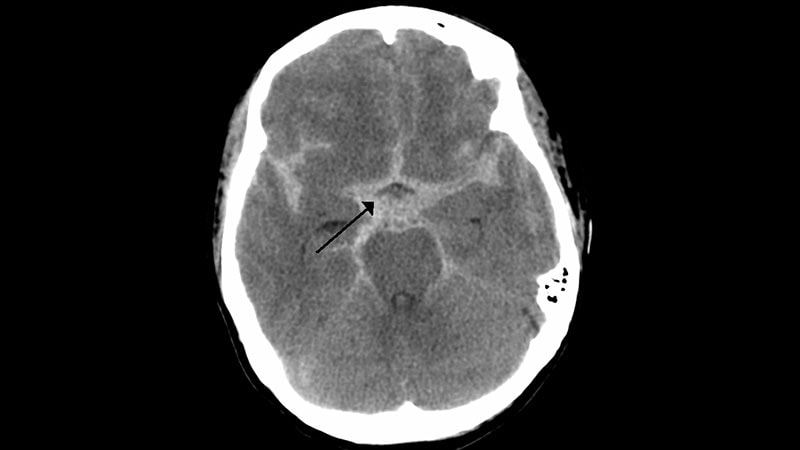[ad_1]
Recovery after aneurysmal subarachnoid hemorrhage (aSAH) is widely believed to plateau within the first year, especially among those with severe initial disability. However, few large-scale, long-term, longitudinal studies have robustly assessed the actual recovery trajectory until now.
Investigators looked at 5-year functional outcomes among patients with aSAH and found that meaningful recovery can continue up to 4 years, particularly in patients with severe early deficits.
The findings support extended rehabilitative efforts and more nuanced counseling on long-term prognosis, potentially informing decisions about continuation or withdrawal of aggressive care, the researchers wrote.
With first author Ho Seok Lee, MD, PhD, from the Heart Vascular Stroke Institute, Samsung Medical Center, Seoul, Republic of Korea, the study was published online on March 25 in JAMA Network Open.
Using a multicenter prospective cohort from nine high-volume Korean hospitals, the study team followed 338 patients (mean age, 56 years; 61% women) who survived aSAH for at least 7 days.
The patients were split into two groups: Group 1 included 158 patients with no or mild to moderate initial disability (modified Rankin Scale [mRS] score, 0-3), and group 2 had 180 patients with severe initial disability (mRS score, 4-5). Participants were assessed serially for up to 5 years after aSAH onset.
Mortality among aSAH survivors who completed the 5-year assessment was 3.3% (11 participants) at 3 months, 6.2% (21 participants) at 1 year, and 8.3% (28 participants) at 5 years. At 5 years, three participants in group 1 (1.9%) and 25 in group 2 (13.9%) had died.
In terms of functional outcomes, group 1 patients plateaued after 1 year, with good overall mRS scores, with 97.5% having an mRS score of 0 or 1. Group 2 patients (with greater initial disability) reached a plateau 4 years after onset, with an mRS score of 0 or 1 in 66.6% of patients at 4 years.
Predictors of better long-term outcome included younger age, lower initial clinical severity, and better cognitive status at day 7.
Highly Relevant Clinical Implications
The authors of an invited commentary said these results are “highly relevant” and “offer clinicians an important take-home message: Patients who seem to be worse off in the acute phase might still recover and continue to improve over the course of 4 years to eventually reach an excellent outcome in more than 60% of cases.”
“Not only are these data essential for counseling patients and their families but also for clinical decision-making,” wrote Victor Volovici, MD, PhD, with Erasmus University Medical Center, Rotterdam, the Netherlands, and Jose Suarez, MD, with Johns Hopkins University School of Medicine, Baltimore.
“If clinicians and surrogate decision-makers are provided with more robust and accurate data regarding long-term prognosis for functional recovery, they will feel more comfortable when faced with the conundrum of deciding between ongoing aggressive therapies or withdrawal of life-sustaining treatments,” the authors said.
The study had no commercial funding. Lee, Volovici, and Suarez had no relevant disclosures.
[ad_2]
Source link : https://www.medscape.com/viewarticle/subarachnoid-recovery-extends-beyond-1-year-plateau-2025a10007wb?src=rss
Author :
Publish date : 2025-04-02 11:14:00
Copyright for syndicated content belongs to the linked Source.
